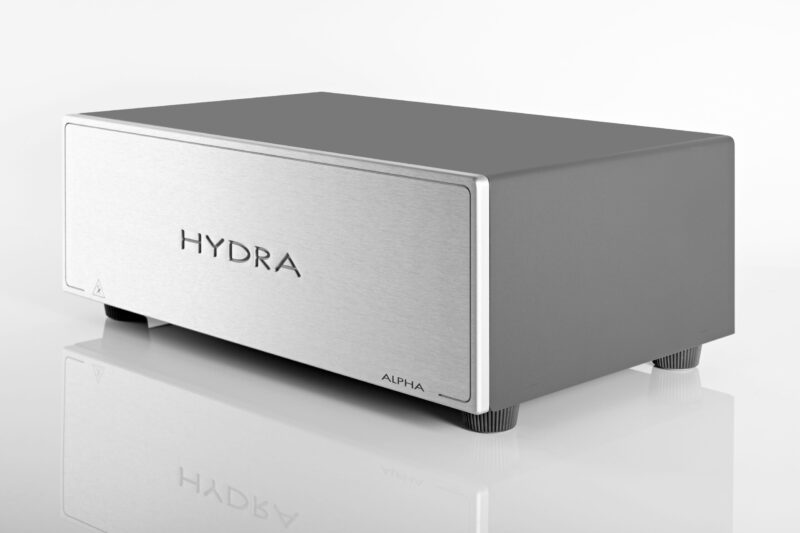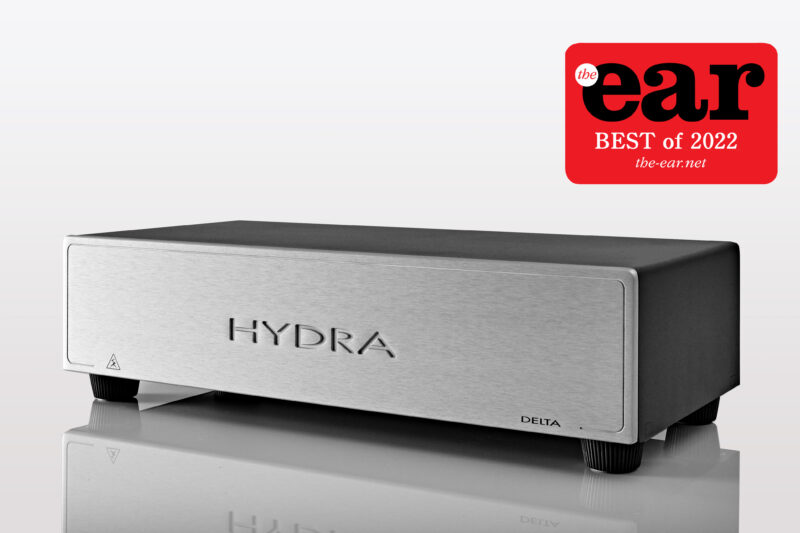DELTA EF v1
NO LONGER AVAILABLE
Product is no longer available.
The Delta EF power cord has the same VTX™ conductors used in the Delta NR and includes CopperCONN® plugs. It features a custom designed and built Shunyata Research connector that is smaller, allowing connections to obstructed AC inlets. Delta EF does not include noise reduction.
The Delta EF power cord was created for applications that have a restricted area component or speaker IEC entry point. The Delta EF model uses a slender model, solid-copper female connector that will fit into even the most narrow area component IEC opening. In terms of parts and material quality, EF Model power cords are identical to Shunyata Research’s NR power cords in every way except one – EF power cords do not have the NR model’s built-in filter networks. EF model power cords offer exceptional performance when used with all electronics and speakers that require either greater flexibility from power cords or a slender IEC connector to make an unobstructed connection to the component or speaker.
Examples of restricted area IEC electronics and speakers that would benefit from EF model power cords are some models of Vandersteen speaker, Devialet electronics, Pass Lab’s Aleph models
General Application recommendations: Shunyata Research Hydra Denali power conditioners, Amplifiers with restricted area IEC, Pre-amplifiers, active speakers etc.
SPECIFICATIONS
|
Wire: |
Termination: |
OUR ASSURANCES
RELIABILITY
Over more than 2 decades, the reliability and durability of Shunyata Research products has become a legendary attribute of the brand. Shunyata products are completely non-reactive and run cool to the touch. They do not hum, vibrate, buzz, or generate heat and do not require any ventilation. Despite heavy-use applications in studios, medical labs, and home environments, Shunyata Research products maintain an almost zero failure rate.
QUALITY
In an era of products that are mass-produced, Shunyata Research invests in training career craftsman who build our products by hand at our factory in Poulsbo, Washington. The exceptional fit, finish, and attention to detail has become a hallmark trait of Shunyata Research products going back to its inception in 1998. Shunyata Research has been building some of the finest power and cable products in the industry for more than twenty years. The commitment to building durable products that are designed to last a lifetime elevates our products to the top of their class.
SAFETY
Safety and quality control is job one at Shunyata Research. Before anything leaves the factory, we test each and every product thoroughly and carefully for safety and quality. This explains the long-term success of Shunyata Research products in the professional recording, medical, scientific, and consumer industries. Shunyata Research’s impeccable product safety and reliability track record for the past 23 years speaks for itself.
NO HUM — NO BUZZ — NO HEAT
LIMITED LIFETIME WARRANTY


